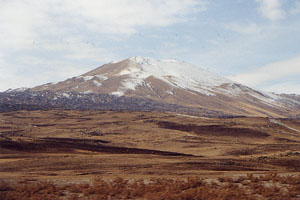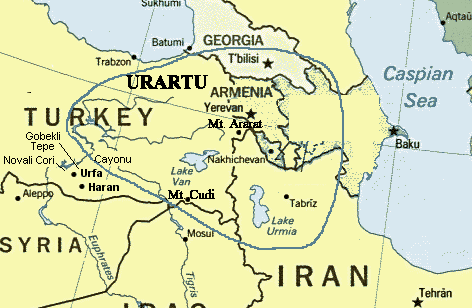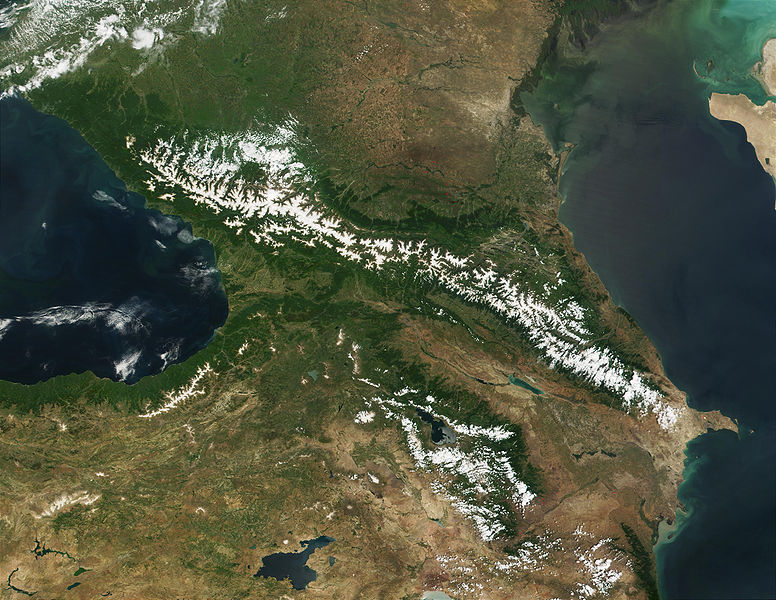Posted: Mon Nov 13, 2006 8:42 am
You're welcome.sandy_mcd wrote:Thanks, that is a pretty comprehensive slideshow.
A couple of points:There are four references to earlier large wooden ships:
1) Greek reference to 3rd century BC warship.
2) Roman (and Egyptian?) reference to 2nd century BC Egyptian ship.
3) 15th century Chinese treasure ships.
4) 1807 western ship.
There are no references given to support these claims.
* You omitted to mention my specific mention of (and documentation for), the two Late Bronze Egyptian ships of 63 and 95 metres (almost 300 feet), in length respectively (conservative estimate of the second)
* You're right, I didn't provide references for the Chinese baochuan, since I was on a word limit with that Powerpoint presentation, but I have the references (the presentation is a highly condensed version of a 20 page paper), and can provide them here if you want them
In the meantime I suggest you read all the evidence contained in the historical work '1421: The Year China Discovered The World' as I did, and oooh look, you can even get the information on the internet now, for those who like 'Googling'.
Remember people, there are these things called 'books'. You can find them in places called 'libraries' and 'bookstores'. They are usually far more reliable than 'Googling'.
* I also have references for the fact that timber ships beyond the 200 foot 'limit' were built successfully using diagonal bracing subsequent to the 'limit' being reached in 1807 - I refer you to 'On the great strength given to Ships of War by the application of Diagonal Braces' (Robert Seppings, 1817)
Seppings' innovation (combined with the intelligent application of - you guessed it - hogging trusses such as those used in Mesopotamia and Egypt), enabled the construction of timber vessels of great size (ships were built approaching 300 feet in length, which became the new limit), and to be fitted with a previously impractical number of cannon.
In fact I'll let Seppings speak for himself:
I have the entire paper if you want it.I shall only further state, that after the memorable battle of Algiers, I requested the Navy Board to call upon Captain Coode, of His Majesty's ship the Albion, to report on the state of that ship, she being built on the new principle; and the following is an extract of his letter to them:
"I beg to inform you, that it is the opinion of myself and the officers of the Albion, that it was impossible any ship could have stood the concussion from firing, and the recoil of the guns, better than she did; and on a very minute inspection of the ship after the action, there was not the least difference to be observed, except what had been made by the enemy, between the side of the ship that all the firing was from, and the side that not a single gun was fired from during the action; and every bolt and knee was as perfect and secure as before the action commenced, which was also the case of the lower and main gun decks, but the quarterdeck was staved in several places; which in my opinion would not have been the case, had it been on the same construction as the decks that stood so well."
Robert Seppings. 'On the great strength given to Ships of War by the application of Diagonal Braces', Philosophical Transactions of the Royal Society of London, pages 1-8, 1818
Yes, I realise that. I don't depend on them.The first two are historical and not scientific. Without archaeological support, it is hard to give them much credence.
May I suggest to you (as an information professional), that 'Googling around' does not in fact constitute research? I'm not being difficult, I'm simply recommending to you that your investigations go a little deeper than 'Googling'.The latter two claims should be easier to document, but Googling around I could find nothing to back them up (iron reinforcements were apparently starting to become feasible by the early 1800's).
Yes, iron reinforcements were starting to become feasible by the early 1800s. That has absolutely no relevance to anything I wrote.
You could at least consider the Late Bronze Egyptian ships I presented, using Early Bronze technology.It is certainly true that earlier civilizations had technical skills which were lost over time (Roman concrete, Egyptian pyramid construction techniques). So maybe this is true for wooden ship construction skills as well. But in the absence of any physical evidence for such ships and in the presence of evidence that later shipbuilders could not duplicate these efforts, I am going to side (until there is some other evidence) with the naysayers on this one.
I'm guessing you're omitting those Late Bronze Egyptian ships again. They are referred to specifically as 'obelisk barges'.Two important points are:
1) The largest known (i.e. reasonable documentation provided for) wooden ships were not barges as the Ark is described, and thus had drastically smaller capacities. I suspect (just guessing) that the barge configuration would be more stressful (on the wood structure) than the standard ship configuration.
Here's one now:

Does that say 'barge' to you? It says 'barge' to me. Note the hogging trusses, which Seppings would later use.
The barge configuaration is in fact less stressful on the wood structure than a standard ship configuration, because it does not have to support the huge weight of the masts and rigging, nor bear the immense fulcrum load of the wind in the sails and the oars on the hull.
Since I believe the flood was local, I don't have a problem with this.2) Even so, the purported size of the Ark is not that much larger than what is supposed to be possible. Given the unknowns and approximations used, the size argument (to a non-shipwright at least) does not seem to be all that strong. There are bigger difficulties to overcome, such as subsequent genetic diversification.




